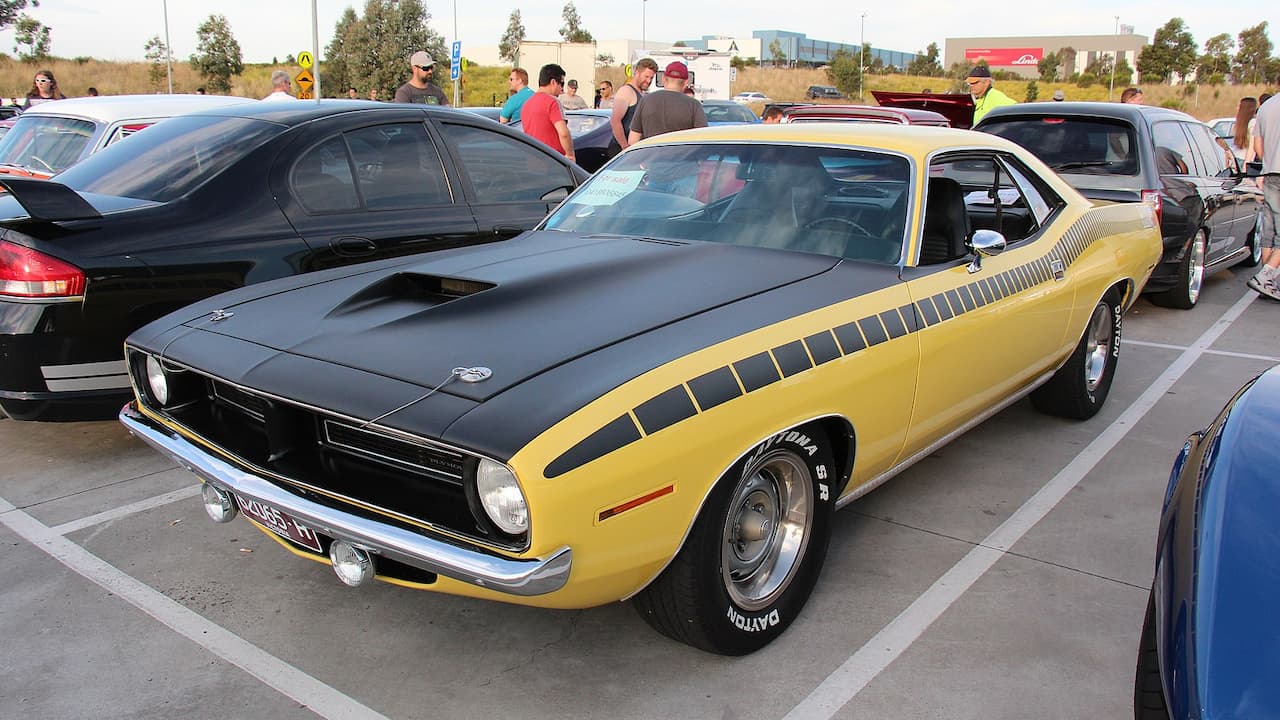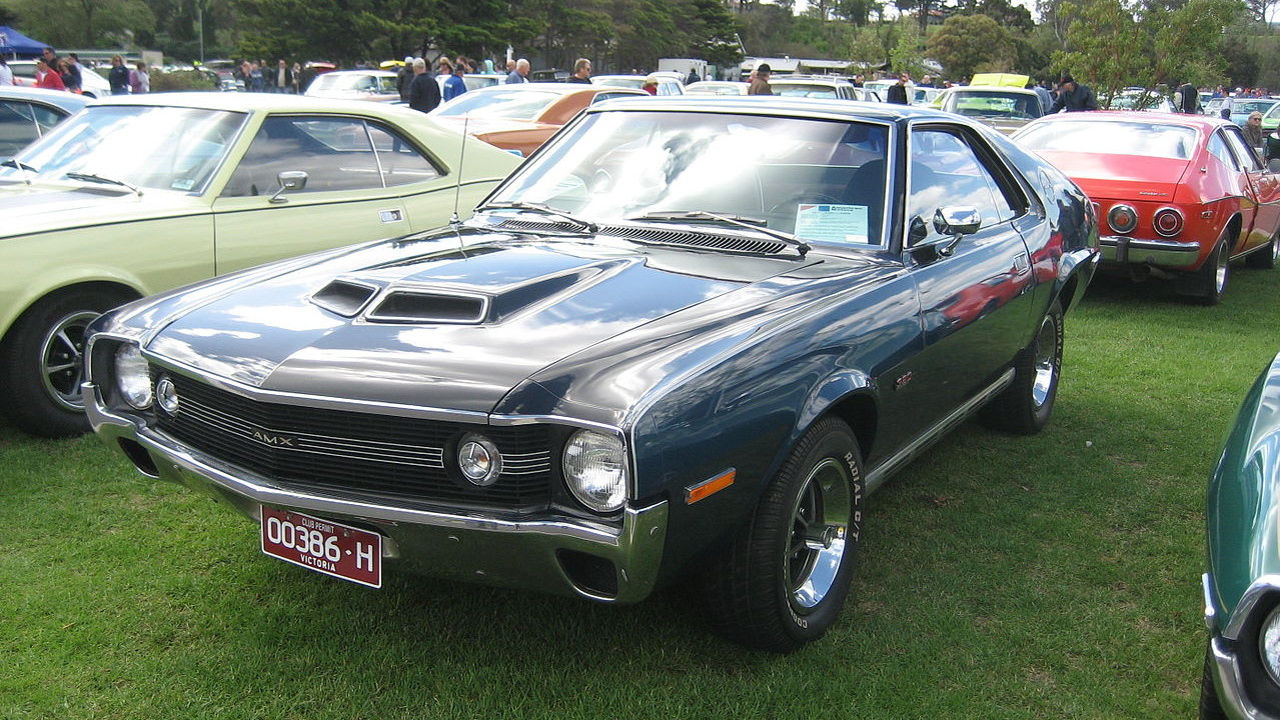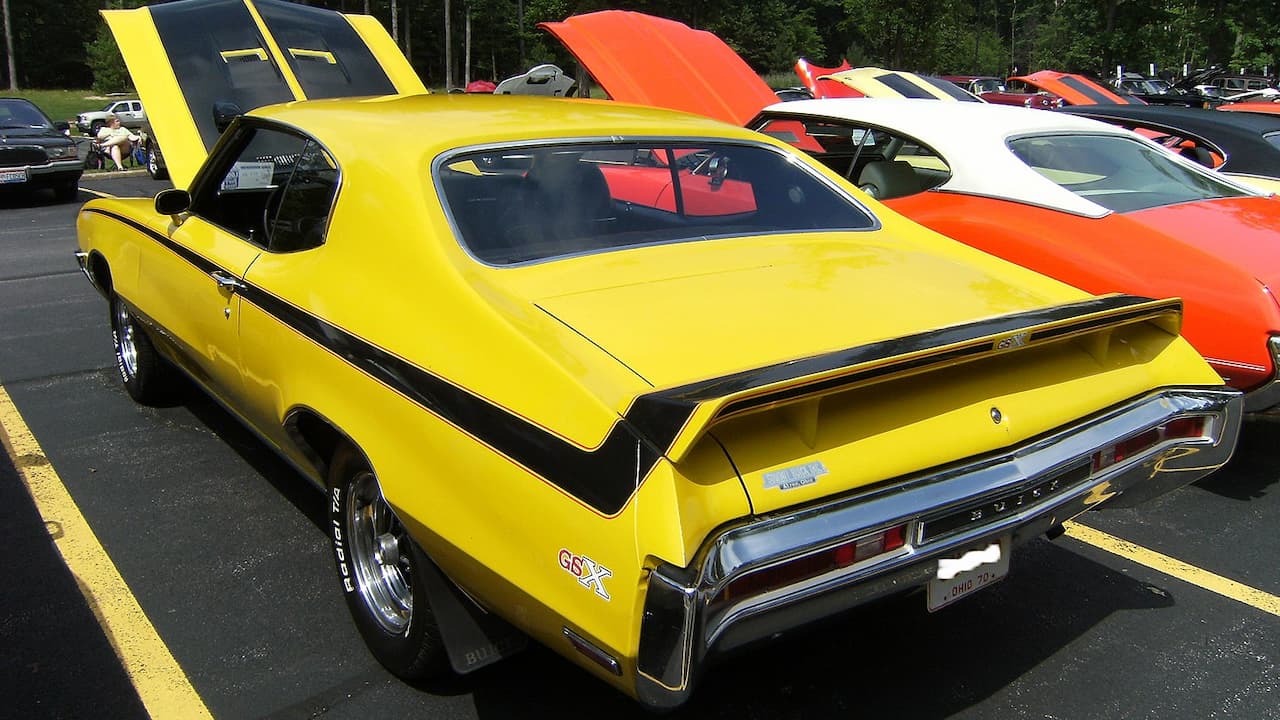Muscle cars have long been celebrated for their raw power and iconic design, and they have proven themselves capable of delivering impressive speed and acceleration in various racing scenarios.
This article explores instances where muscle cars dominated the racetrack. By examining these events, it becomes clear that muscle cars possess qualities that can rival or even surpass those of more traditional sports cars under certain conditions.
1969 Dodge Charger Daytona

The 1969 Dodge Charger Daytona was engineered for high-speed performance on superspeedways. Its aerodynamic design, including a distinctive nose cone and tall rear wing, reduced drag significantly.
This muscle car excelled at tracks like Talladega, where speed and stability were crucial. With only 503 units built, the Charger Daytona remains a rare example of muscle cars dominating in environments typically favoring specialized sports cars.
Ford Mustang Boss 302

The Ford Mustang Boss 302 was designed with road course performance in mind. It excelled in handling and cornering compared to many sports cars of its time.
Its SCCA Trans-Am racing heritage contributed to its strong track record. The Boss 302 balanced power and agility, making it competitive on twisting circuits.
Even decades later, its reputation for track capability remains relevant. This Mustang demonstrated that muscle cars could match or surpass sports cars on technical courses.
Chevrolet Camaro Z/28

The Chevrolet Camaro Z/28 was engineered specifically for Trans-Am competition, featuring a high-performance 302 V8 engine and lightweight design.
It excelled in precision handling, making it highly competitive. Throughout the late 1960s, the Camaro Z/28 consistently performed well in Trans-Am races, establishing a strong reputation in the series.
Its success helped define muscle car racing during this period, competing effectively against models like the Ford Boss 302 Mustang and AMC Javelin.
Plymouth Barracuda AAR

The Plymouth Barracuda AAR was a competitive force in IMSA racing during the early 1970s. Equipped with a powerful 426 HEMI engine, it challenged and often beat European sports cars on the track.
Its combination of American muscle and racing modifications gave it an edge in straight-line speed and durability. This allowed privateer teams to compete effectively against traditionally dominant European brands.
1968 Ford Mustang Shelby GT350

The 1968 Shelby GT350 demonstrated strong performance on the Laguna Seca track. Built with a 302 cubic inch V8 engine, it balanced power and handling effectively.
During track sessions, the GT350 managed to keep pace with and sometimes outperform more expensive sports cars. Its lightweight fastback design contributed to its agility around corners.
This showcased how a well-tuned muscle car could compete with traditional sports cars in real-world driving conditions.
AMC Javelin AMX

The AMC Javelin AMX achieved notable success in the Trans-Am racing series. It won championships in 1971, 1972, and 1976, proving competitive against other muscle cars of the era.
Its performance was driven by powerful V8 engines and race-tuned components. The Javelin combined aggressive design with engineering focused on track performance.
This racing pedigree helped establish AMC as a serious contender in American muscle car competition during the early 1970s.
Buick GSX Stage 1

The Buick GSX Stage 1 was known for its strong drag strip performance. It routinely achieved quarter-mile times in the low 12-second range, outperforming many contemporary sports cars.
Equipped with a high-output 455 cubic inch V8, it delivered over 400 horsepower. This power, combined with substantial torque, gave it a quick launch and strong straight-line speed.
Its acceleration and ability to run consistent times made it a benchmark for muscle cars competing against lighter sports models.
Pontiac GTO Judge

The Pontiac GTO Judge was designed with a focus on powerful straight-line performance. It quickly became known for its impressive acceleration and high-speed runs.
Equipped with a robust V8 engine and optimized for drag racing, the Judge consistently outperformed many sports cars on the quarter-mile track. Its reputation was built on raw power rather than handling or agility.
While it did not stop the overall decline in GTO sales, the Judge’s straight-line speed success highlighted its role as a dominant muscle car in drag racing competitions.
1970 Hurst Hemi Dart L023

The 1970 Hurst Hemi Dart L023 featured a powerful 426 cubic inch Hemi engine. It was built with lightweight parts to enhance speed and handling.
The car’s balance of power and agility allowed it to compete effectively against lighter cars. Though primarily a muscle car, the L023 demonstrated that muscle cars could hold their own in different racing environments.
1969 Mercury Cougar Eliminator

The 1969 Mercury Cougar Eliminator was designed to compete with traditional muscle cars but also showed strong performance on street circuits. Equipped with powerful engine options like the 428 cubic-inch V8, it delivered impressive acceleration and handling.
It combined aggressive styling with functional upgrades that enhanced its road presence and track capability. Drivers reported that it could match or surpass some sports cars in tight, technical street races due to its balance of power and control.
1971 Ford Mustang Mach 1 Drag Pack

The 1971 Ford Mustang Mach 1 equipped with the Drag Pack and 429 Super Cobra Jet engine delivered strong quarter-mile performance. It was built specifically for drag racing, featuring enhancements that improved acceleration and power delivery.
This model consistently posted competitive times in the 1/4 mile. Its combination of a big-block engine and optimized components made it a favorite among muscle car enthusiasts focused on straight-line speed.
Dodge Challenger Hellcat

The Dodge Challenger Hellcat delivers impressive power with its 797-horsepower engine. It accelerates from 0 to 60 mph in just 3.6 seconds, showcasing strong straight-line speed.
Its muscle car design focuses on raw power, giving it an edge in quarter-mile sprints, as it dominates in straight-line acceleration. This emphasizes the Hellcat’s role as a benchmark in muscle car performance.
Chevrolet Corvette C3 ZL1

The Chevrolet Corvette C3 ZL1 was a rare muscle car variant with a 427 cubic inch all-aluminum V8 engine. Its lightweight construction and powerful performance allowed it to compete effectively on the track.
Despite being a muscle car, the ZL1 achieved victories against more expensive and exotic sports cars. Its combination of raw power and handling made it a strong contender in racing events during its era.
